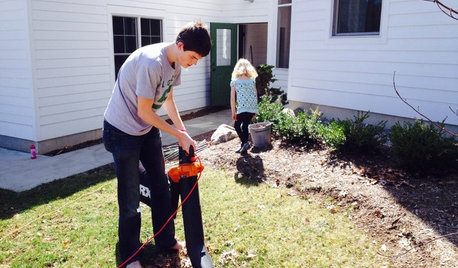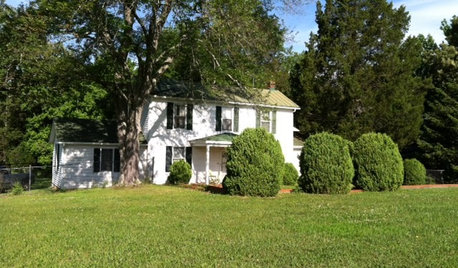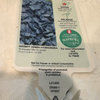Big Time Tree Death
Yardvaark
11 years ago
Related Stories

DECORATING GUIDESAre Ceiling Fans the Kiss of Death for Design?
Ceiling fans get a bad rap for being clunky and outdated, but these streamlined styles and a bevy of pros beg to differ
Full Story
THE ART OF ARCHITECTUREFrei Otto Named 2015 Pritzker Prize Winner a Day After His Death
Architecture’s highest honor is awarded to the German architect who designed stadium roof canopies for the 1972 Olympic Games in Munich
Full Story
EDIBLE GARDENSWhy Grow Quince? For Beauty, Fragrance and Old-Time Flavor
Delightfully perfumed fruit and lovely spring blossoms make this apple and pear cousin worth a spot in the garden
Full Story
LIFEChore Time: How to Work Better as a Family
That’s not just a crumb-strewn counter or a yard scattered with leaves. It’s a valuable opportunity
Full Story
FALL GARDENING6 Trees You'll Fall For
Don’t put down that spade! Autumn is the perfect time for planting these trees
Full Story
BASEMENTSDesign Workshop: Is It Time to Let Basements Become Extinct?
Costly and often unnecessary, basements may become obsolete — if they aren’t already. Here are responses to every reason to keep them around
Full Story
ARCHITECTUREGet a Perfectly Built Home the First Time Around
Yes, you can have a new build you’ll love right off the bat. Consider learning about yourself a bonus
Full Story
LIFETime Travel to Houzzers' Childhood Homes, Part 3
See postwar homes built by family members, rural farmsteads, cold-water flats and much more
Full Story
FALL GARDENINGWhy Fall Is the Best Time for Planting
Spring is overrated for planting. Starting plants in autumn has advantages for both garden and gardener
Full Story
MODERN ARCHITECTUREKeep Your Big Windows — and Save Birds Too
Reduce bird strikes on windows with everything from architectural solutions to a new high-tech glass from Germany
Full Story






natal
YardvaarkOriginal Author
Related Discussions
Cross Post on Big Time Tree Death
Q
Tree peony wilt then death of branches- why?
Q
Ash tree sudden death?
Q
Tree death
Q
nandina
inkognito
duluthinbloomz4
woodyoak zone 5 southern Ont., Canada
YardvaarkOriginal Author
aloha2009
YardvaarkOriginal Author
aloha2009
bahia
YardvaarkOriginal Author
YardvaarkOriginal Author
mairenn
YardvaarkOriginal Author
natal
reyesuela
anniegolden
YardvaarkOriginal Author
nandina
anniegolden
karinl
YardvaarkOriginal Author
reyesuela
aloha2009
karinl
YardvaarkOriginal Author
nandina
YardvaarkOriginal Author
aloha2009
anniegolden
inkognito
patty_cakes
inkognito
YardvaarkOriginal Author
bahia
Brad Edwards
Brad Edwards
pls8xx
burntplants
YardvaarkOriginal Author
karinl
woodyoak zone 5 southern Ont., Canada
rosiew
YardvaarkOriginal Author
GardenShananigans
loreleie
YardvaarkOriginal Author
mudhoney
loreleie